The Benefits of Deep Tissue Massage
Introducing the Basics of Deep Tissue Massage
Deep tissue massage is a focused form of massage therapy that penetrates the layers of muscle to address chronic tension, pain, and muscle imbalances. This technique uses firm pressure and slow strokes to target deeper muscle layers and connective tissues, offering profound relief and relaxation.
Key benefits include pain relief, improved flexibility, stress reduction, and enhanced circulation.
Techniques such as deep finger pressure, knuckling, and forearm movements are often used to break down knots and tension, creating long-lasting effects.
Deep Tissue Massage Explained: Techniques for Deep Muscle Relief
Deep tissue massage techniques are designed to relieve chronic muscle tension, improve mobility, and alleviate pain by working on the deeper layers of muscle and connective tissue. Here are some common and effective techniques used by professionals:
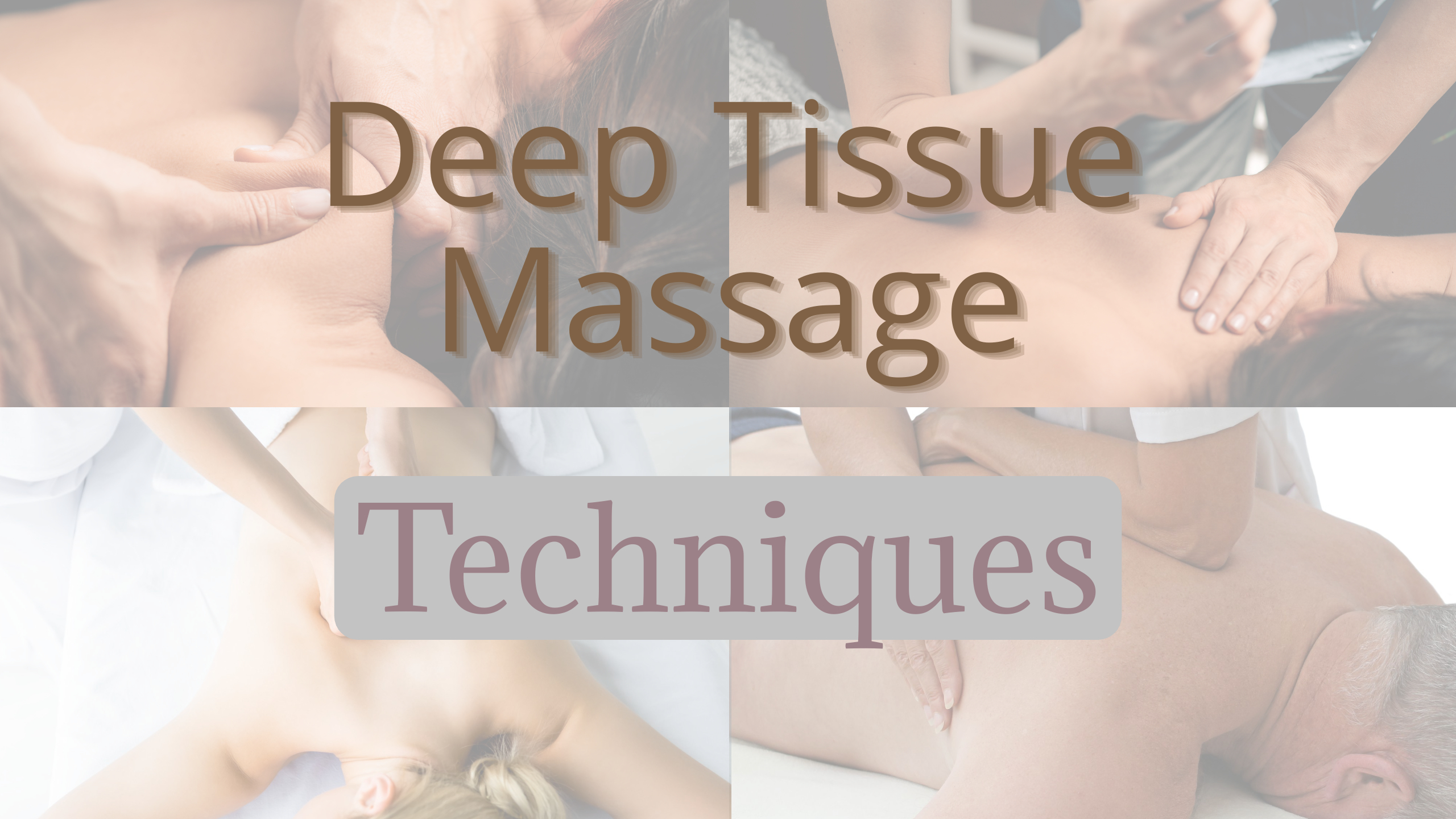
1. Effleurage (Gliding Strokes)
- Purpose: Effleurage is usually performed at the beginning and end of a deep tissue massage to warm up the muscles and relax the body.
- How to Perform: Using the palms, fingers, or forearms, apply long, gliding strokes along the length of the muscle, increasing pressure gradually. This helps spread the oil and prepares the deeper layers for more intense work.
2. Stripping
- Purpose: Stripping helps release tight areas in the muscle fibers and is particularly effective for elongating the muscle.
- How to Perform: Apply deep, firm pressure with your thumbs, knuckles, or elbows along the muscle fibers. Start from the muscle’s attachment point and move slowly along its length, adjusting the pressure based on client feedback. This technique is ideal for large muscles like the hamstrings and back.
3. Cross-Fiber Friction
- Purpose: This technique helps to break down adhesions (scar tissue) and realign muscle fibers, improving flexibility and range of motion.
- How to Perform: Use your fingers or thumbs to apply pressure across the muscle fibers in short, back-and-forth motions. This technique is often used on muscles with a lot of tension, like the shoulders and upper back, and should be performed slowly to avoid discomfort.
4. Trigger Point Therapy
- Purpose: This technique targets specific “knots” or points of tension within the muscle, often referred to as trigger points.
- How to Perform: Use firm pressure from your fingers, thumbs, or knuckles directly on the trigger point. Hold the pressure for 30–90 seconds or until you feel the muscle release. Trigger point therapy is ideal for problem areas that cause radiating pain, like the neck, shoulders, and lower back.
5. Myofascial Release
- Purpose: This technique works on the fascia (the connective tissue surrounding muscles) to relieve restrictions and increase mobility.
- How to Perform: Apply gentle but sustained pressure on the affected area with your hands, slowly stretching the fascia. This technique is not as deep as others, but it is highly effective for long-term pain relief and increasing flexibility.
6. Compression
- Purpose: Compression helps improve circulation, relaxes the muscle, and prepares it for deeper work.
- How to Perform: Use your palm or a soft fist to apply consistent, gentle pressure on the muscle belly. Hold the pressure for a few seconds, release, and then reapply. You can also perform rhythmic compressions along the muscle for increased relaxation.
7. Elbow and Forearm Pressure
- Purpose: Using the elbow or forearm allows the therapist to apply deeper pressure with less strain.
- How to Perform: Place the forearm or elbow on the muscle and apply steady, downward pressure. Move slowly along the muscle fibers. This technique is especially useful for large muscle groups like the glutes, quadriceps, and back.
8. Petrissage (Kneading)
- Purpose: Kneading helps loosen the muscle tissue, making it more pliable and ready for deeper work.
- How to Perform: Use your fingers and palms to lift, roll, and squeeze the muscles gently but firmly. This can be done in circular motions or by “rolling” the muscle between your fingers and palms. Petrissage is excellent for muscle groups like the calves, upper arms, and shoulders.
9. J-Strokes
- Purpose: This is a deep tissue technique to stretch and lengthen restricted areas.
- How to Perform: Make a “J” shape by applying pressure and pulling across the muscle fiber at a specific spot, releasing tightness and improving mobility. It’s great for areas like the lower back, shoulders, and thighs.
10. Skin Rolling
- Purpose: Skin rolling helps release tension in the fascia and is a good diagnostic tool to find areas of restriction.
- How to Perform: Gently lift the skin and underlying tissue between your fingers and roll it along the muscle. This technique can be uncomfortable but is very effective in identifying areas that need further attention.
Benefits of Deep Tissue Massage
Pain Relief
Deep tissue massage is highly effective for alleviating both chronic and acute pain. By targeting knots and areas of tension, it releases muscle tightness, reducing discomfort from conditions like sciatica, fibromyalgia, and lower back pain. The focused pressure helps disrupt pain cycles and retrain muscles, offering lasting relief for those with persistent pain.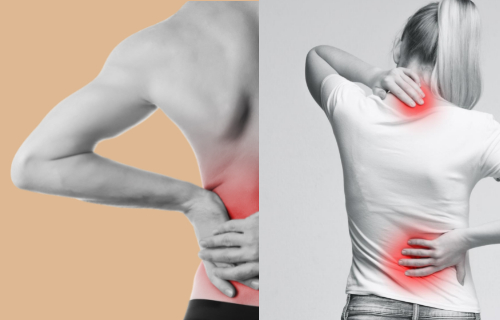
Improved Flexibility
One of the major benefits of deep tissue massage is improved flexibility. By working on the fascia and deeper layers of muscle, this massage type increases range of motion and reduces stiffness, which is essential for optimal physical performance and mobility. For those who exercise frequently, deep tissue massage can maintain flexibility by breaking down adhesions before they limit movement.

Muscle Recovery
Deep tissue massage is widely recommended for aiding muscle recovery, particularly after intense physical activity. By alleviating muscle soreness and breaking down adhesions, it speeds up the recovery process, allowing athletes and fitness enthusiasts to maintain a consistent training routine. It’s a go-to for those who need to recover quickly from physical exertion or sports-related activities.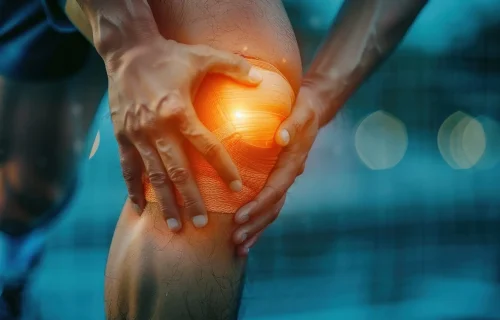
Enhanced Blood Circulation
By applying firm, rhythmic pressure, deep tissue massage stimulates blood flow and oxygen delivery to targeted areas, accelerating the body’s natural healing process. Improved circulation brings fresh nutrients to tissues, flushes out toxins, and supports overall wellness. This enhanced blood flow also aids in the recovery of muscle injuries.
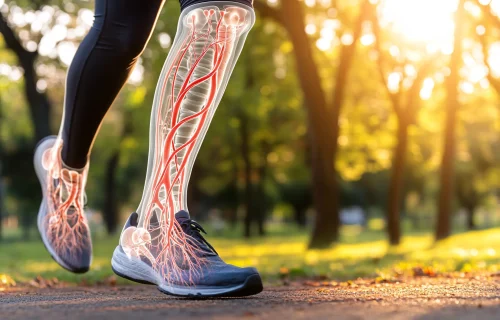
Reduced Stress in Mind & Body
Deep tissue massage isn’t only beneficial for the body but also offers psychological relief. The release of muscle tension can promote relaxation, lowering cortisol levels (the stress hormone) and helping clients achieve a calmer state of mind. This is ideal for individuals dealing with stress, anxiety, or mental fatigue, as it helps balance both body and mind.

Why 'Deep Tissue Massage' is Essential for Weightlifters and Bodybuilders
For weightlifters and bodybuilders, the demands on muscles, joints, and connective tissues are intense. Deep tissue massage is an invaluable tool for enhancing performance, reducing recovery time, and preventing injuries.
Here’s how deep tissue massage benefits those who train for strength and muscle gains:
-
Accelerated Muscle Recovery Weightlifting and bodybuilding put immense stress on the muscles, leading to microscopic tears that need time to heal and rebuild. Deep tissue massage supports this healing process by increasing blood flow, which delivers vital oxygen and nutrients to muscle tissues. By flushing out metabolic waste and bringing in fresh nutrients, deep tissue massage speeds up recovery, allowing weightlifters and bodybuilders to get back to training sooner.
-
Improved Range of Motion Flexibility and range of motion are crucial for proper lifting techniques and muscle engagement. When muscles and fascia are tight, it limits mobility, which can compromise form and increase the risk of injury. Deep tissue massage breaks down adhesions (scar tissue) and lengthens tight muscle fibers, improving flexibility and allowing for more effective workouts with reduced risk of strain.
-
Enhanced Muscle Definition and Symmetry Muscular imbalances and tightness can hinder muscle definition and lead to asymmetry over time. Deep tissue massage addresses these imbalances by releasing tight areas, which can help muscles grow more evenly and improve the overall aesthetic. By working into deeper muscle layers, deep tissue massage can improve circulation to hard-to-reach areas, supporting muscle tone and symmetry.
-
Pain and Tension Relief Heavy lifting often leads to soreness, joint pain, and even overuse injuries. Deep tissue massage provides targeted pain relief by addressing deep muscle tension and reducing the pressure on joints, ligaments, and tendons. For those experiencing shoulder, back, or knee pain from lifting, deep tissue massage can help reduce inflammation, relieve stiffness, and improve joint mobility, making training sessions more comfortable and productive.
-
Preventing Injury Intense weight training without adequate recovery can lead to injuries, especially repetitive strain injuries and muscle tears. By keeping muscles flexible, reducing adhesions, and maintaining tissue health, deep tissue massage helps prevent common lifting injuries. Regular sessions can address minor issues before they escalate, making deep tissue massage an essential part of any serious weightlifter or bodybuilder’s routine.
-
Mind-Body Relaxation The mental strain of training consistently at high intensities can contribute to muscle tension and stress. Deep tissue massage not only relieves physical stress but also promotes mental relaxation, giving lifters a chance to reset and recharge. This balance between intense workouts and therapeutic recovery can help improve focus, reduce burnout, and keep motivation high.
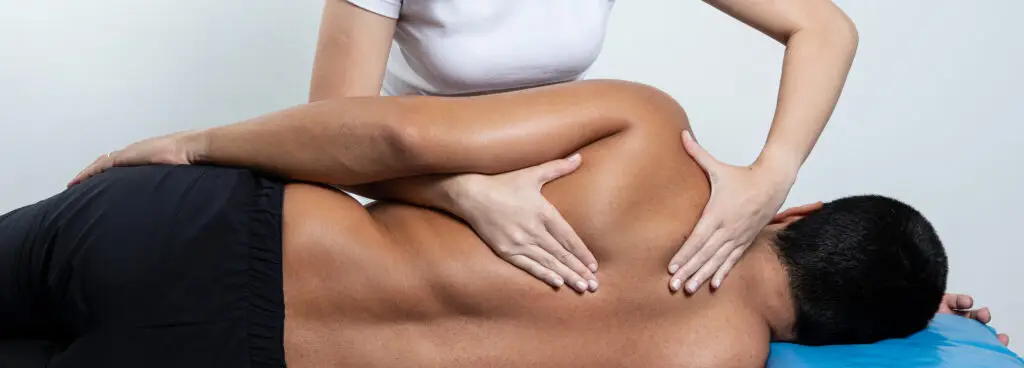
Frequently Asked Questions About Deep Tissue Massage
What is the difference between deep tissue massage and a regular massage?
Deep tissue massage focuses on the deeper layers of muscle and fascia, using firm pressure and slower strokes to release chronic tension and tightness. Unlike relaxation-focused massages like Swedish massage, deep tissue massage is designed to target specific problem areas, break down adhesions, and relieve pain from ongoing muscle tightness or injuries.Is deep tissue massage painful?
Deep tissue massage can sometimes cause mild discomfort due to the intensity of the pressure applied, especially when releasing muscle knots or working on particularly tight areas. However, the level of pressure is adjusted to your tolerance, and any discomfort should be manageable. Be sure to communicate with me about any pain, as I can adjust the pressure for a more comfortable experience.How long does it take to feel the benefits of deep tissue massage?
Many people feel relief and relaxation immediately after a session, but the full effects typically emerge within 24–48 hours as the muscles settle. Some soreness after the massage is normal, especially if the session involved intensive work on problem areas. Drinking plenty of water and resting afterward can help alleviate any lingering discomfort.Can deep tissue massage help with chronic pain conditions?
Yes, deep tissue massage is often effective for managing chronic pain conditions such as lower back pain, sciatica, and fibromyalgia. By releasing deep muscle tension and improving blood circulation, deep tissue massage can reduce pain and stiffness, providing relief from symptoms associated with chronic pain.Is deep tissue massage suitable for athletes and active individuals?
Absolutely. Deep tissue massage is especially beneficial for athletes, weightlifters, bodybuilders and anyone engaged in regular physical activity. It aids in muscle recovery, improves flexibility, and helps prevent injury by keeping muscles pliable and reducing tightness. It’s an essential element of any serious training regime.How often should I get a deep tissue massage?
The recommended frequency varies based on your personal goals and physical activity level. Athletes and active individuals may benefit from a session every 1–2 weeks to support recovery, while those seeking general tension relief might find monthly sessions sufficient. I can help determine the best schedule for your needs.Can deep tissue massage help with stress relief?
Yes, while deep tissue massage is a more intense massage, it also has significant stress-relieving benefits. The release of physical tension can lower cortisol levels (the stress hormone) and promote relaxation, leading to mental and physical stress relief.Is it normal to feel sore after a deep tissue massage?
Yes, some muscle soreness is common after a deep tissue massage, similar to the feeling after a workout. This is usually mild and resolves within 24–48 hours. Staying hydrated, resting, and applying heat to sore areas can help alleviate post-massage soreness.Can deep tissue massage help with flexibility and range of motion?
Deep tissue massage is effective at increasing flexibility by breaking down adhesions, lengthening tight muscles, and improving overall muscle pliability. This makes it a valuable tool for individuals seeking to enhance range of motion, whether for athletic performance or general mobility.Should I avoid any activities after a deep tissue massage?
It’s best to avoid strenuous physical activities for at least 24 hours after a deep tissue massage to allow your muscles to recover. Light stretching, gentle movement, and plenty of water are encouraged to support the body’s recovery process.Conclusion
Deep tissue massage is a powerful tool for relieving pain, improving flexibility, reducing stress, and supporting muscle recovery. By addressing the deeper layers of muscle, this therapy offers lasting benefits that extend beyond temporary relief, promoting overall wellness and physical resilience. If you’re looking for a transformative approach to muscle care and relaxation, consider experiencing the deep-reaching benefits of deep tissue massage for yourself.
